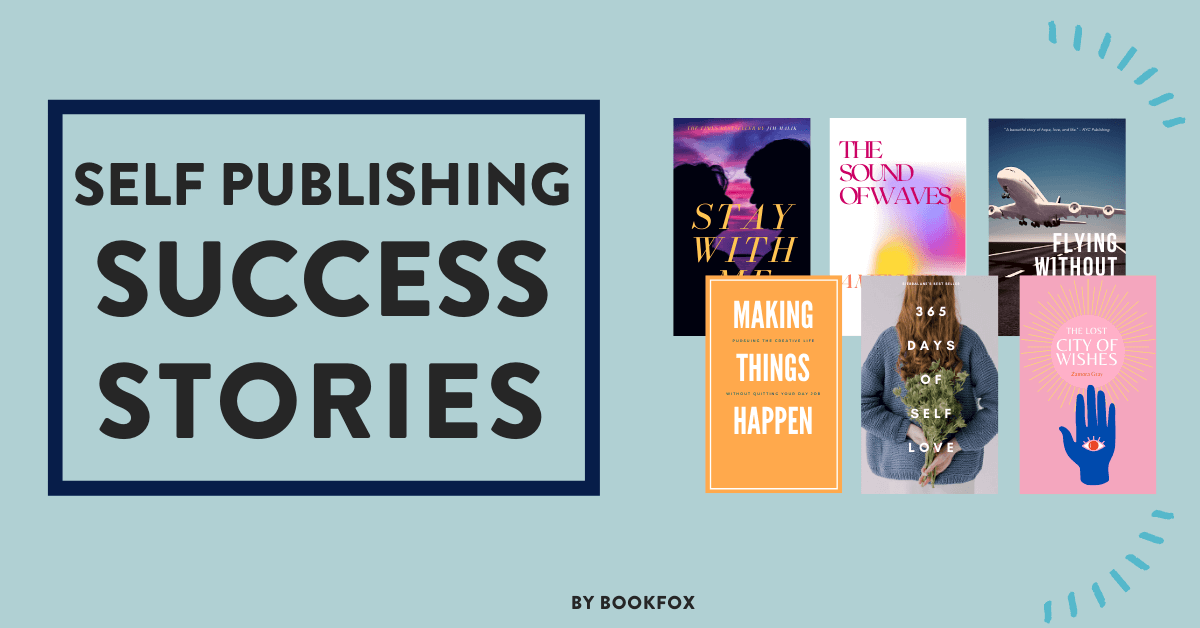 You’ve considered self-publishing, but you have your doubts.
You’ve considered self-publishing, but you have your doubts.
Here are stories from people who became wildly successful: they got their book in the hands of thousands of readers and made a bucketload of money.
And all without waiting for years and wading through mounds of rejection from traditional publishers.
Learn from how these 7 writers got movie deals, quit their day jobs, and gained tens of thousands of readers.
1. Lindsay Buroker Quit Her Day Job
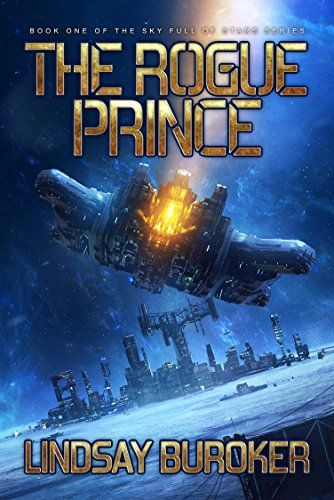 Lindsay Buroker let the first book in her Emperor’s Edge series sit on her computer half-written for years. Then, inspired by some of the publishing stories she heard, and by some of her writing friends, she finally completed it.
Lindsay Buroker let the first book in her Emperor’s Edge series sit on her computer half-written for years. Then, inspired by some of the publishing stories she heard, and by some of her writing friends, she finally completed it.
But when she was done, she had no idea what to do with it.
She thought it was good, but didn’t know if it was good enough to send to an agent—and she didn’t want to try finding an agent. She thought it was good enough to get published with a small traditional publisher, but knew submitting to traditional publishers could feel like knocking your brain against a wall.
Plus, she didn’t know what category to fit her book into:
- Fantasy?
- Steampunk?
- Cross-genre?
- All of the above?
She knew that agents and publishers like neat little niches so they can market books effectively, and her book simply didn’t fit into those boxes.
Then, she bought a Kindle. It opened up an entire world of self-published works. She learned from thousands of other writers who self-published and started making four figures a month in book royalties, and decided to self-publish herself.
In a year — a single year! — she published four eBooks and was able to transition away from her day job and make writing a full time occupation. She now proudly calls herself a writer.
What’s more, she’s sold so many copies of her books that the traditional presses and new Amazon publishing imprints have come knocking, begging for a piece of her pie, but she enjoys self-publishing so much she’s turned them down.
After all, she’s making a lot of money and has complete control over her books. Why would she want to lose that?
2. Orna Ross Rejected Her Publisher
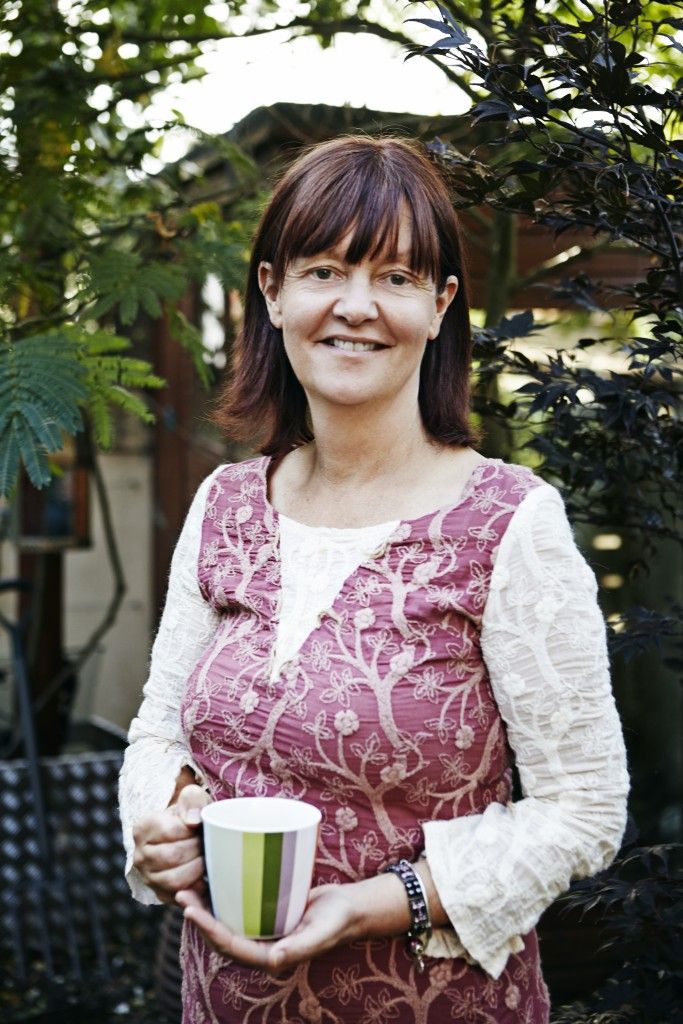 Before venturing into self-publishing, Orna Ross had been successfully publishing with publishers for years.
Before venturing into self-publishing, Orna Ross had been successfully publishing with publishers for years.
She had previously published books with Attic and Penguin and one indie publisher. She was living most author’s dreams — getting advances, reading at bookstores, selling her books.
Yet she was dissatisfied with how much money she got. With about 10% in royalties, she thought that she could do better if she self-published.
So in 2011, after studying the eBook market and how to use social media to promote your books, she took her rights back from Penguin (Yes, you can do that! She claimed “creative differences”) and started publishing books herself.
Now, it wasn’t easy. She had to get her own book covers designed, and to do a lot of the leg work of promotion and ISBNs that the publishers had previously done.
But then she saw how much control she could have over the process — much more control over:
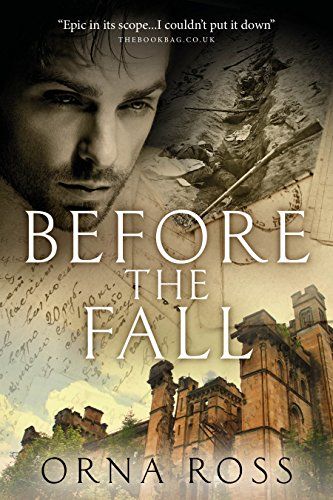 how her book covers were designed
how her book covers were designed- how to market her books
- what editor she worked with
So she thought it was well worth it.
Also, it was now possible for her to publish as many books as she wanted (in one instance, for her Go Creative! series, eight in eight months) and to as many readers as she wanted.
When Penguin wouldn’t put their name on a book of hers because it didn’t target the audience they desired, she self-published it and WON the inaugural Carousel-Aware Award for Best Novel.
She has two series still in progress and is continuing writing novels, poetry, and guidebooks. The third book in her After the Rising series (In the Hour) will come out next year.
3. Melissa Leong (Wynne Channing) Became Famous
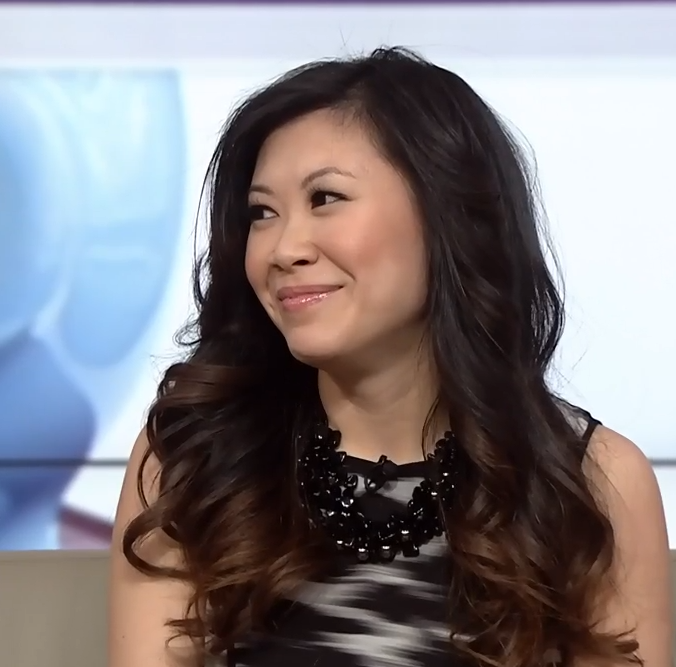 Melissa Leong was a business journalist who wrote a YA vampire novel, What Kills Me, and sent it to 20 agents. Unfortunately, many of them didn’t respond and others flatly said they weren’t interested in the topic, without even reading the manuscript.
Melissa Leong was a business journalist who wrote a YA vampire novel, What Kills Me, and sent it to 20 agents. Unfortunately, many of them didn’t respond and others flatly said they weren’t interested in the topic, without even reading the manuscript.
After enduring many rejections, she didn’t know what to do. Her novel sat untouched and she wondered whether she should stick with journalism and not try fiction again.
Then, until she finally took advice from her friends to self-publish. She did so through Amazon’s Kindle Direct Publishing site and waited for something to happen.
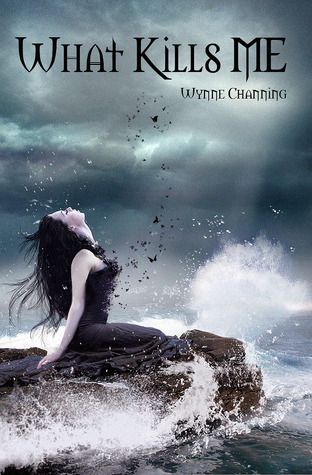 With the price set at $2.99, nothing did happen. She sold virtually no copies. But when she dropped the price to under a dollar, at $0.99, she rocketed up to Amazon’s bestseller list in the Occult and Action & Adventure categories.
With the price set at $2.99, nothing did happen. She sold virtually no copies. But when she dropped the price to under a dollar, at $0.99, she rocketed up to Amazon’s bestseller list in the Occult and Action & Adventure categories.
Soon she had a ton of spectacular things happening:
- interviews from prominent bloggers and reviewers and book outlets
- massive amounts of publicity
- tons of reviews from ardent fans
- fan mail
- and, of course, sales, sales, sales ($ $ $)
Best of all, three movie producers contacted her for TV/movie adaptations (which is where the big bucks are, folks). No word yet, but she’s still hoping the series makes it to the big screen.
4. Carol Ervin Tripled Her Sales
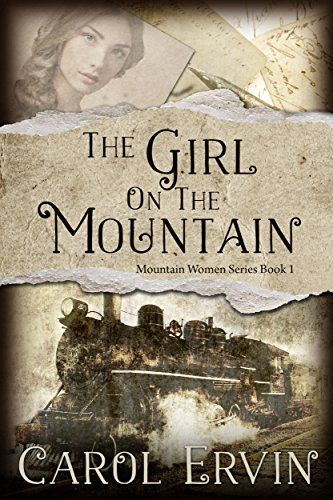 Carol Ervin began writing The Girl on the Mountain, her first novel, at the encouragement of her husband. It took her many years to finish it and edit it to the point where she was confident it was ready.
Carol Ervin began writing The Girl on the Mountain, her first novel, at the encouragement of her husband. It took her many years to finish it and edit it to the point where she was confident it was ready.
But she knew that if she tried to get a traditional publisher or an agent, she would have to suffer many more years of rejection for the mere possibility of getting it published.
She didn’t want to wait a few more years. She had waited enough years already.
She started to research the option of self-publishing. After a lot of investigation, she decided to go that route.
Unfortunately, it didn’t work out very well. The book kind of flopped. It didn’t get very much attention, and even fewer sales. She wondered whether she had made the wrong choice.
But she decided to persevere and release a sequel. And a third in the series —The Girl on the Mountain — soon afterward.
The book sales compounded. Somehow, with a whole series available to readers, they decided to start buying it.
There were three huge factors in her success:
- Amazon’s Countdown Deal
- Kindle United
- BookBub advertisements
Because she had a series, and because she used those 3 techniques, her sales tripled from the previous year. Now she had a juggernaut on her hands.
The Girl on the Mountain landed on Amazon’s Top 20 list.
Now it has almost three hundred comments and a rating of 4.3/5 stars.
Carol Ervin is more than happy with where she ended up as an author, and she plans on continuing to release more books.
5. Chelsea Campbell Got Optioned by Disney
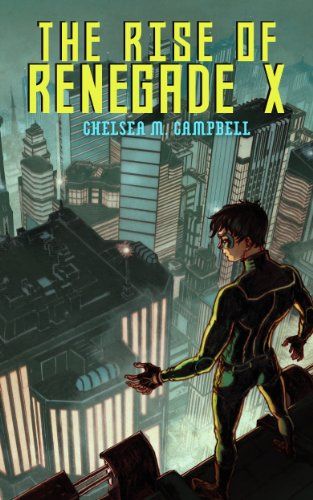 Chelsea Campbell published her debut book The Rise of Renegade X through a traditional publisher, and thought she had won the jackpot. But then the sales weren’t great, and the publisher didn’t do much work to promote it. Overall, it was a disappointing experience.
Chelsea Campbell published her debut book The Rise of Renegade X through a traditional publisher, and thought she had won the jackpot. But then the sales weren’t great, and the publisher didn’t do much work to promote it. Overall, it was a disappointing experience.
Because of the bad sales, when Campbell wrote a sequel and showed it to them, they turned her down.
Of course she was dejected, but she also knew that this rejection didn’t have to be the end of her dreams.
For years, fans of her first book asked her when her next book was coming out, so she knew she couldn’t disappoint them.
She created a Kickstarter campaign to self-publish another book in the series. Although a Kickstarter campaign can be difficult to get funded, she got 77 backers to pledge a total of $2,517, which was enough to pay for editing, layout, cover art, and other things required to bring a book to life.
Book 2 came out to the great glee of all her fans.
A little while afterwards, both books took off on Amazon. In the Superheroes, category, they soared to the top of Amazon’s bestseller and hot new releases lists.
What’s more, the series is now optioned by Disney Channel Movies.
In four years she never made any money in traditional publishing.
Yet here she was, a little bit after publishing her second book, and she was killing it financially.
Even that is not the end of the story: the books sold so well that a publisher gave her a big advance for the third and fourth book (an editor for Skyscrape contacted her agent). So even though she eventually went back to traditional publishing, self-publishing allowed her to get the money and recognition she deserved.
6. Collette Jackson-Fink Earned Freedom
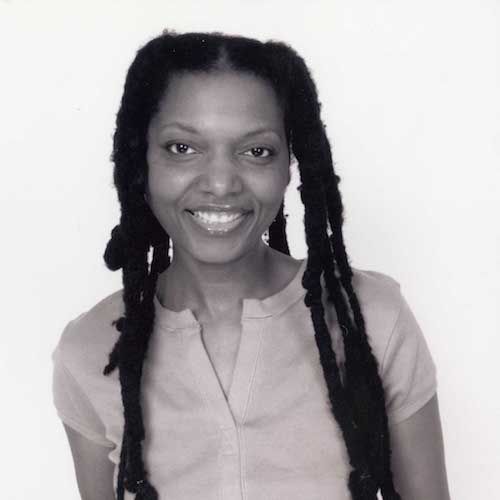 Like many authors who turn to self-publishing, Collette Jackson-Fink initially had some back luck with traditional publishing.
Like many authors who turn to self-publishing, Collette Jackson-Fink initially had some back luck with traditional publishing.
It took her two years just to get an agent.
Then she was rejected 27 times by Harlequin, one of the largest romance publishers.
After that string of bad luck, she wised up and tried something new.
“It was very overwhelming to be told your work was as good as the writers they employed but not any different,” she said.
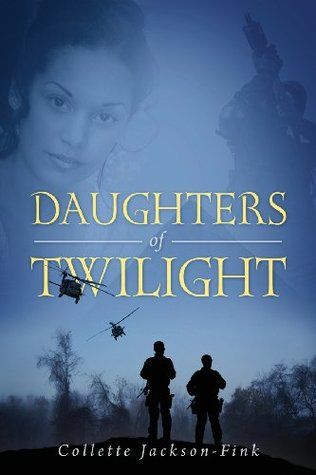 She submitted to a screenplay contest but was told her manuscript was too long for a screenplay, so she converted it into a novel, now named Daughters of Twilight (It’s a supernatural romance).
She submitted to a screenplay contest but was told her manuscript was too long for a screenplay, so she converted it into a novel, now named Daughters of Twilight (It’s a supernatural romance).
By this time she had lost her agent, so she decided to self-publish through Outskirts Press.
What drew her to self-publishing was the freedom to create without the boundaries placed on her by agents and editors.
7. Jamie McGuire Scored A New York Times Bestseller
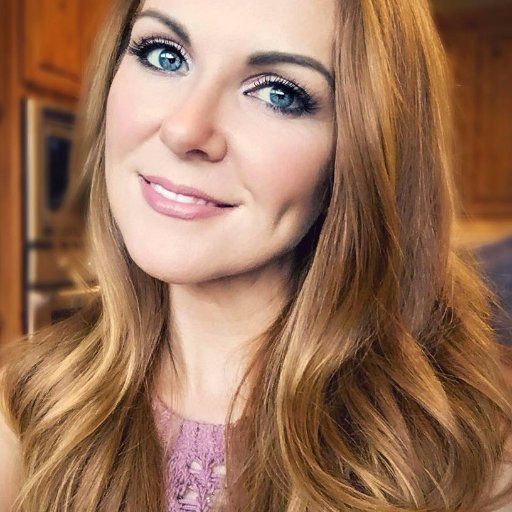 Jamie McGuire got innumerable rejection letters. So many she got tired of counting them.
Jamie McGuire got innumerable rejection letters. So many she got tired of counting them.
And she got tired of the process of querying: the research on each agent and each publisher, the writing of each query letter, and adjusting the format because everyone seems to want something a little different. It was dreary busywork.
All she wanted was to get an agent so she could sell her novel, Beautiful Disaster.
So she turned to Smashwords. She published 3 books on there, and although none of them sold very much straight away, after two months, Beautiful Disaster sold over 30,000 copies.
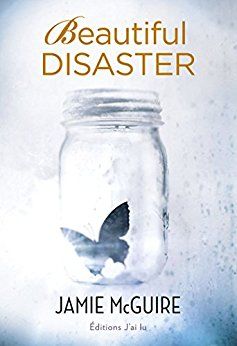 While before she had been struggling to make ends meet, she now found herself able to pay off bills and add to her college funds for her children. And her success in sales and publicity kept growing.
While before she had been struggling to make ends meet, she now found herself able to pay off bills and add to her college funds for her children. And her success in sales and publicity kept growing.
It became a New York Times bestseller.
Plus, Atria, an imprint of Simon & Schuster, acquired the rights to Beautiful Disaster. A year later it also bought the rights to Walking Disaster.
But even after all the flashiness of getting in bed with a New York publisher, after it was all over she returned to self-publishing.
In 2015, she made a print deal with Wal-Mart, who started selling another novel of hers, Beautiful Redemption, in their books section.
She remains in self-publishing because that way, she said, “I am the captain of my own ship.”
Do you have a self-publishing success story?
Tell it in the comments below and you might be featured on a future post!
BONUS QUOTE:
Lastly, I’m going to leave you with a quote from Chelsea Campbell about the benefits of self-publishing:
“Self-publishing has been a lot more fun for me and more rewarding, both artistically and financially.
I sold more in the first three months of republishing book 1 than my previous publisher had in three years, so that felt pretty good.
All I really did was change the price and set the categories, which can make a huge difference to sales, but with a traditional publisher… you have no say over any of that at all. Or over the blurb or the cover, which are also key factors in selling a book. As a self-publisher, I can apply for Bookbub ads and things like that that also boost sales—but you have to have control over the marketing and the price.
I admit I like being in charge of everything and choosing the cover artist and exactly how my books will be presented.
Publishers often treat authors like they shouldn’t be part of the process or know anything that’s happening with their book, and I hate that.
And traditional publishing is so slow—I like being able to get my books to readers as soon as they’re ready.”

26 comments
Love reading these stories! Jamie McGuire had it right when she said she wanted to captain her own ship. Inspiring authors who are in control and making it big. This is why I started a program to help self-published authors get visibility and discoverability. Go Indie!
Greetings!
Yes… I’m working on a self-publishing success story! But firstly, thanks for a great article. I do note one oddity, if I may call it that? No menfolk on the list! I plan to help you change that!
I also became frustrated by the fact that often I’d get a note back… great stories but we’re not doing short stories at the moment. Or, great tales, however they don’t fit our immediate need. So, to get my immediate need satisfied I self-published a month ago!
The Luck Thirteen, 13 diverse and entertaining tales to entice you keep delving deeper into the book. As Lady Serendipity would have it… the book’s Kindle 99c promotion is upon us! August 31 to September 03 at 99c and then for a few more days at $1.99! (Times and price USA) At 99c, a story will cost less than 8c. Now, that has to be considered great value!
Thanks for allowing us to share our stories! I hope, with your help, many more self-publishers will make the top 100 lists!
https://www.amazon.co.uk/dp/B074DZSD4W/ref=sr_1_1?ie=UTF8&qid=1501527936&sr=8-1&keywords=aj+vosse
Wow. Wonderful stories
Great article – as a first time would be author I have recently considered self-publishing as a means to getting my book out there! Very inspiring!
I am George. Self published 5 books in India. 4 are picture book bible stories. Sold more than 40,000 copies in India. My all books are in Amazon Kindle. Looking to promote sale. Books are- 1) Learn The Alphabets With Jesus.2) A Child in Search Of Jesus.3) A Child In Search Of God. 4) A Child In Search Of the Holy Spirit,5) Forgive & Love
I have self published a children’s book Nobody Told Me I Couldn’t… on Amazon and have not had much success so far but I’m not going to give up. This article gave me a lot to consider and what else I can do.
Glad to hear! There are a good number of people out there who have had a lot of success, and I hope you’re the next one.
Thank you.
Thank you for the wonderful article! I also hope to be one of these success stories someday. I self-published a little collection of poems over a decade ago–of course, the options for self-publishing were a lot more limited then! I only ended up printing and binding by hand a couple dozen paperbacks to give out to my friends and family. It was fun to learn the bookbinding process, but it is SO SLOW, and as boring as, well, watching glue dry.
I’ve been amazed by how far self-publishing has come, and I plan to self-publish soon. My previous experience had turned me off to the idea, and until recently, I had planned to try to find a traditional agent or publisher for the novel I’m almost finished with. But the more I looked into it, the more I heard the same sentiment being repeated over and over–writers are tired of publishers having all the control, and taking most of the profit, while still expecting everyone but their A-list writers to do most of their own promotion anyway! It seems SO EASY to self-publish now, and get a quality finished product for a reasonable price per unit without having to print a thousand copies or so. It also raises the question–why exactly does it take traditional publishers SO LONG to get books on the shelf? Are they still using moveable type?
Anyway, the decision seems pretty clear to me, and I am proud to join the movement of indie writers. I wish I could take this opportunity to plug my website, but it’s not quite ready yet. I’m sure I’ll see you guys around, though!
Thanks again.
Thank you for this blog! It was jam packed with so much useful information. I self published my book, JESSE AND THE CATERPILLAR WHO GOT ITS WINGS for many of the reasons outlined by the authors in your article. It’s been tough, but I am diligently learning the marketing and advertising arena and sales of my book have picked up. Thanks again for featuring these inspirational artist, their stories, and the paths they took to self empowerment. You have truly been a Godsend.
Thanks for this inspiring article. I, too, have a self-published success story. My psychological thriller, THE MEMORY BOX, (about a woman who Googles herself and discovers the shocking details of a past she doesn’t remember) was rejected by 81 agents. After sulking for a year, I decided to self-publish. It took another six months to learn everything I could about self-publishing my book in the most professional way possible before I released it to the world. I have done the marketing & PR myself and in six months I sold over 30,000 copies. It hit the New York Times and USA Today Bestseller lists, the audio rights have been sold at auction and I also sold translation rights to Germany and Turkey. I have now sold over 200,000 copies worldwide and I still own the rights. Book #2 is coming soon! I am now a self-publishing and book marketing coach to both indie authors and traditionally published ones and a speaker at publishing and business conferences speaking about re-invention, perseverance, creativity, publishing, marketing & entrepreneurship. Self-publishing my book has opened so many doors. Self-publishing is not a back-up plan anymore!
That’s very inspiring and I will check out your website!
I have written 29 books, 24 of them focused on Michael Conti and his team of detectives. First I had an agent who turned out to be a crook which rebounded me to a good friend who turned out to be an incompetent. I finally decided to do it all myself and recently hooked up with Xlibris and hope they are good. If anyone knows them and has any pertinent info please write me at dembraves2003@gmail.com.
Thanks for your wonderful information.I am Emmanuel Burke, the Author of”Her three wishes””.I love to write so my mom encouraged me to self published.I am 11 years old and i pray to be an inspiration to kids readers.The information has helped me.Thanks very much and i look forward to being a success story myself if its God’s will..Thanks!
My self-publishing story is a little different as I simply chose not to try traditional publishers. It is an industry occupied by a bunch of professional award-winning authors and so publishers as a practical matter won’t risk on a first time author. I already knew Amazon kindle as I had published a few test prep books for college students there whose success and a reasonable consistent sale gave me the encouragement to publish my first work of fiction, I would call it a novella, as it is 151 pages. Being a student of law and criminal justice I was particularly passionate about writing a crime thriller after earning my Master,s degree. Yet I wanted something different from mainstream. Picking up on the various criminal incidents that have occured over the last two years in ride-hailing business where a rider normally a female would claim to be a victim of criminal sexual assault by her male driver, i came up with a story ” A Fatal Ride-Share” and published it on kindle and paperback. So far I am quite satisfied with the sales and overall progress on both platforms kindle and paperback. And I am also encouraged to publish more books in near future.
Great to hear that. Glad your writing journey is turning out well!
These comments read like a self-published pitch fest. Everyone here is so thirsty and I’m no better. The idea that an audience of rabid readers will someday develop and deliver me from this hell of mediocrity is our collective dream, the carrot on the stick we follow despite the very real odds of absolute failure. If only there was a pill to remove ambition from one’s thinking process like there are for other mental ills. Speaking of pills, I think I’ll go take mine now.
I am inspired to do it myself
What a fabulous article! I am book-marking this for sure to refer back to it. So, a little about my current situation.
I have been a self-published author since 2016. I have four novels and two novellas, a total of six books for my series. I write under the pseudonym, Scarlette Rayne. My genre is many-fold (dark, suspenseful romance, with erotica, thriller and mystery). I am currently working on a new stand alone novel with all new characters and genre. I might make it into a series. I also work full-time, 40 hours a week, so my books were many years in the making. (10 years if we’re being specific). I have my own editor, formatter, cover artist, even an ad copy writer and a photographer, models and hair and make up artists and wardrobe people for my covers, therefore, I wish not to go traditional since I have a fabulous team in place. I call them, my DREAM TEAM. And because of my main job, I’m able to pay all my contributors what they ask for, which is pretty reasonable. I space out my releases so I can save the money to pay them! I’m pretty much a writer with a day job. I even have read the book with that title! With all this said, my biggest crux is marketing and getting my books out there. I don’t make much in royalties from Amazon, because I know I’m not marketing as much as I should. (I have reserved a spot for a book signing in July). So my goal is to learn more about making it a go as an indie self-published author by learning all that I can to bring me to that point, to where these authors posted in the article above are at. I look forward to receiving emails and advice from Mr. Fox in regards to self-publishing marketing. Thank you! 🙂
Can’t wait to take the on-line course! Thank you!
All this information was as gratifying as a cup of hot cocoa on a cold evening. Thank you! I have Indie published two picture books: “Desiree’s Night Flight,” and “A Purrfect Home for Kitters.” I’ve been wondering whether to self-publish my newest book “SuperGoldfish.” I think I will!
What about in-between options? Such as working with a self-publishing project manager or a small group that oversees the process and takes 50% of royalties?
John – this article was a very positive message to put out and helped push me to self publish the children’s picture book – ‘The angry bee and the final sting” (insert shameless plug here).
Sincere thanks
TJ O Neill
Congrats! Have you seen my children’s book post?
Also, I have an email list for children’s book writers and a course as well.
In the middle of the COVID quarantine, I decided to write a Pride and Prejudice fanfiction online and give self publishing a whirl. I had many years of fanfiction writing in the Star Wars universe so had some devoted online fans. I published my book on Amazon Kindle and Kindle Unlimited with zero initial understanding of the process. I just figured I’d dip my toe into it with some help from my then 18 year old daughter, who figured out how to actually get the thing set up on Amazon. First book was actually remarkably successful in that I made over $1500 the first month. Then it was off to the races; I just published my 6th Pride and Prejudice novel (I write fast, obviously.) I ADORE self publishing. I can’t imagine dealing with publishers and editors outside my household. Thankfully my husband is a brainy soul who is reading up on marketing and ads and all that so I can just write. Self publishing is a dream come true. We are actually making a fair amount though not enough for my husband to retire (I’m a stay at home mother mostly). Maybe in a few years he can quit his day job and manage our “publishing empire.” 🙂
Hello, I love this page and I want to give it a rating of 5 stars. This changed my life.